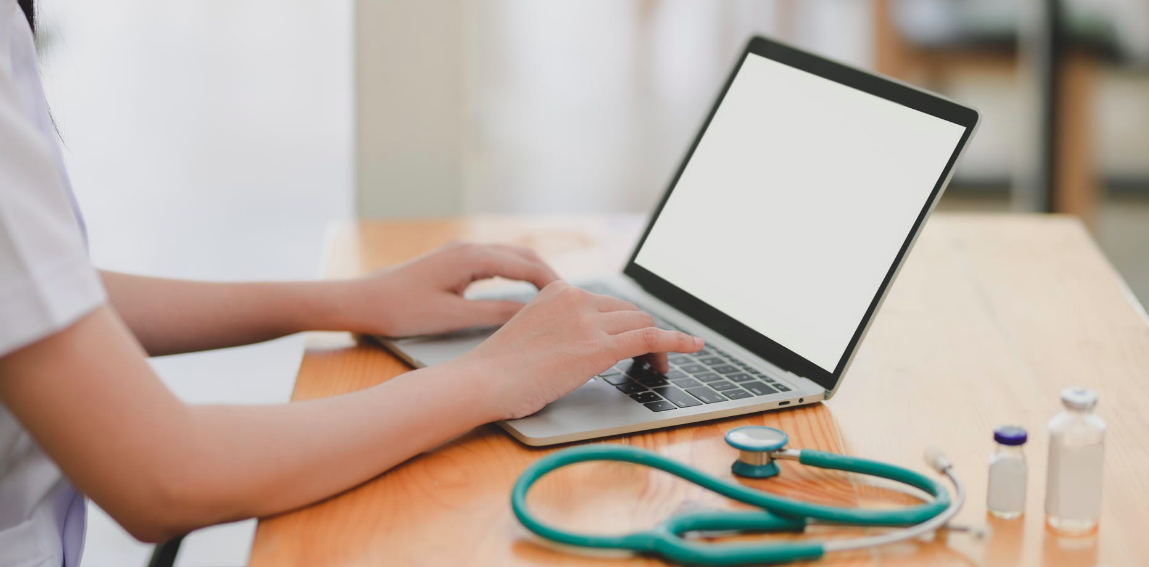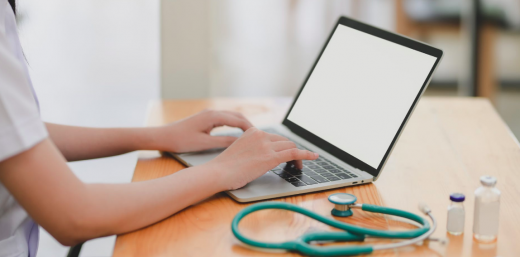What Will Telemedicine Look Like in 2030?
What Will Telemedicine Look Like in 2030?

The COVID-19 crisis put telemedicine in the spotlight faster than ever thought possible. Patients are staying home, meaning nurses and doctors are using technology to administer care from a distance.
The telehealth platforms currently in use may be a bit rudimentary. The coming years, however, are poised to shake up the industry in a major way. By 2030, telehealth will have completely transformed, becoming a defining aspect of the medical industry. But what will it look like?
Things are uncertain, but a few aspects of telehealth are guaranteed to rise to prominence.
1. Greater access to products
A few years ago, the greatest factor in deciding which medicines you acquired was what your local pharmacy had in stock. Amid the industry’s digital transformation, companies are looking to the web to get people the medications they need.
While general-use digital pharmacies aren’t yet the norm, niche providers are prospering. Leading the pack is Nurx, an entirely online provider of birth control. Bolstered by its digital format, Nurx offers more than 100 different types and brands of birth control. That ensures that patients have access to the medication that’s right for them. The future of medicine is about patient choice, and telehealth gives patients more choices than ever.
2. Increased diagnosis accuracy
It may sound counterintuitive: How can diagnosis accuracy increase if patients aren’t in the office? All the same, it’s a reality of telehealth. While many technologies aren’t at peak performance, the coming years will see large-scale deployment of a number of programs to make diagnosis outside the office easy.
Research published in The Lancet showed that artificial intelligence was just as good at diagnosing patients as human doctors were — in some cases, even better. As platforms that track and record symptoms grow in sophistication and popularity, remote diagnostics will become increasingly common. Better diagnosis will allow for more specialized treatment, reduced in-person visits, and higher-quality care.
3. A focus on cost reduction
In 1960, the annual cost of healthcare for the average American was $ 160 — nothing compared to the nearly $ 11,000 it costs today. As medical expenses continue to outpace wage increases, people need ways to keep their costs as low as possible without sacrificing their well-being.
Telehealth platform eVisit reports that hospitals using their service can reduce admission numbers by 19 percent and bed usage by 25 percent. These reductions could save huge sums for hospitals; doctors’ offices stand to benefit even more. From handling an increased volume of patients to lowering overhead, telehealth can completely alter a doctor’s operating costs.
4. More specialist availability
Specialists form a crucial part of any healthcare system, providing care other doctors may be incapable of performing. Specialists, relatively small in number, book themselves months in advance. They may also be prohibitively far away from patients seeking their expertise, a dangerous combination for those in need.
Telehealth frees up doctors’ schedules by allowing them to see more on any given day. Distance is no factor when it comes to telehealth — specialists can meet with patients anywhere in the world. With the average appointment wait time at nearly a month in length, telehealth platforms are needed now more than ever.
5. The rise of wearables
Wearable health devices are already a multibillion-dollar industry. Integration with telehealth will send the industry’s growth to new heights entirely. Connective healthcare company VivaLNK found that nearly two-thirds of people would buy and use a wearable device if it meant fewer trips to the doctor.
Even now, wearables can detect unusual heart activity and other medical anomalies, but progressions in the technology mean they’ll be able to detect even more in the coming years. That will give those who want to stay out of the doctor’s office relief while staying healthy.
Just a few years ago, the idea of getting proper medical care without leaving your couch would have seemed preposterous. It’s the reality for many using telehealth today. The future of the industry isn’t entirely certain, but one thing is: Doctors will be making house calls again.
The post What Will Telemedicine Look Like in 2030? appeared first on ReadWrite.
(26)


